Inscription and Recognition of Liangzhu Characters
by Shumao Han and Jiaqi Duan
The Archaeological Ruins of Liangzhu City in Hangzhou, Zhejiang province, which date back 5,300 years, were inscribed onto the UNESCO World Heritage list on July 6, 2019. This is another glorious chapter of Liangzhu culture research after Xingeng Shi, a local scholar, first discovered Liangzhu black pottery in 1936 and Xia Nai, a celebrated archaeologist, officially named it as“Liangzhu Culture” in 1959.
The research of Liangzhu Culture has revealed the following: a) About 5,000 years ago in the Late Neolithic period, surplus products appeared in Liangzhu area where rice-cultivating agriculture was its economic base. b) Family and private ownership were formed. c) Rich-poor divide, division of labor and classes appeared. d) Monarchy and monarchy-based patriarchal system were established. e) To safeguard the monarchy from invasion, cities and towns were built. f) As a tool of communication, the system of characters began to mature.
In 1996, Zhejiang Provincial Cultural Heritage Administration, to commemorate the 60th anniversary of the discovery of the ruins, publishedAncient Jades of Liangzhu. According to the book, the 181 jade waresengraved with paintings and characters that have been made public are separately exhibited in American, British, French and Chinese museums. In China, they can be found in museums like National Museum of China, the Palace Museum, Zhejiang Provincial Museum, Shanghai Museum and Taipei Palace Museum. In 2015, Shanghai People’s Publishing House published The Engravings and Symbols of Liangzhu Culture, in which 554 artifacts and 656 symbols are included. Mengmei Xu, a famous scholar of jade culture, possesses 12 Liangzhu jade wares, on which 915 characters (some of which are identical) can be read. Essays of his study,Characters on Liangzhu Jade WaresandTextual Research and Explanation of Characters on Liangzhu Jade Wares, were published onXinmin Evening News. Most of the characters on jade wares that have been made public by the Asia Culture Council in New York can be recognized by the authors. Connoisseurs of ancient jades in Shanghai and Anhui Province possess a dozen of such artifacts with more than 700 characters. The characters on three of the jades have been totally or mostly recognized by the authors. A splendid opportunity to unravel the mystery of Liangzhu characters is well presented by history.
I. Inscription of Liangzhu characters
Judging from the recognized characters on the jades, they are surely mature ideogram, with the division of letter, word, sentence and chapter. Along with typical patterns like“deity and animal mask” and“the divine bird standing on an altar”, the characters are often found on large artifacts like bi (wide discs with a center hole), huang (semi-circle ornament with hollows) and ce (jade slips), which can be seen as the painting and calligraphy works of Liangzhu ancestors (Picture 1). In terms of the inscription of Liangzhu characters, it is easier to write and better at conveying emotions than Oracle Bone Inscriptions, with high artistic expression in use of brush (knife), structural combination and layout, even rivaling those of calligraphy with pens.
(1) Use of brush (knife). The materials of Linagzhu artifacts come from Meiling, a region famous for its jades in Liyang City, Jiangsu Province. The hardness of Liangzhu Jades is Mohs 5, lower than jades discovered in Hongshan Culture (Mohs 6—6.5). The characters were inscribed by minerals harder than Meiling Jades, just as what we do when we write with a pen. Judging from engraved marks, they are inscribed by keeping“pens” upright. The strokes are as natural and fluent as rainwater trickling through the crevices of dilapidated walls. Further inspection of the engraved marks would reveal sophisticated writing techniques, manifested by the contrast and complement of different strokes. This is achieved by pausing, raising and pressing of“pens”. The high-quality strokes (Picture 2) are as expressive and vivid as those in cursive and running script, unseen in Oracle Bone Inscriptions.
(2) Structural Combination.Liangzhu characters are composed of different structural components. Regular structures include up-down, left-right, left-middle-right structure and structure with a radical“辶”. To write a single character, a sequence of top-down, left-right is followed. Some components are often used in many characters and have become radicals, like“扌” and“牜”. Following rules of formal beauty including parallel, symmetry, coordination and variations in length, curve and density, structural combination in Liangzhu characters is a showcase of aesthetic faculties of Liangzhu ancestors.
(3) Layout. Liangzhu characters can be arranged in different ways, including horizontal type, vertical type, combination of the two types and mixture of characters with patterns. In the Vertical type, distance between each character is small while distance between each row is large with deliberately arranged yet harmonious vacancy. In the latter two types, a balance between each element is struck, tidy though mixed. This speaks volume for Liangzhu ancestors’ adeptness in arranging characters. As it goes inOnCalligraphy written by calligrapher Sun Guoting in Tang Dynasty, the layout of characters can be“as sparse as a lonely moon at night and as dense as a myriad of stars that are bright” (Sun Guoting,On Calligraphy). Liangzhu characters are so well arranged that even modern calligraphers cannot help marveling at its beauty. (Picture 3)
II. Recognition of Liangzhu characters
Professor Xueqin Li, famous paleographer, historian and leading expert of Xia Shang Zhou Chronology Project once put,“the engraved marks on Liangzhu pottery are pictographic and abstract...it is difficult not to consider them as characters.” Museology professor Menghe Gao of Fudan University, who played a major role in Liangzhu’s application for World Heritage said“some of the 700 discovered engraved marks are arranged together and function as characters. Paleographers call them primal characters.” For the past five decades, the authors have been studying paleography, calligraphy and ancient jades. Recognizing and explaining Liangzhu characters has always been an important subject for us.

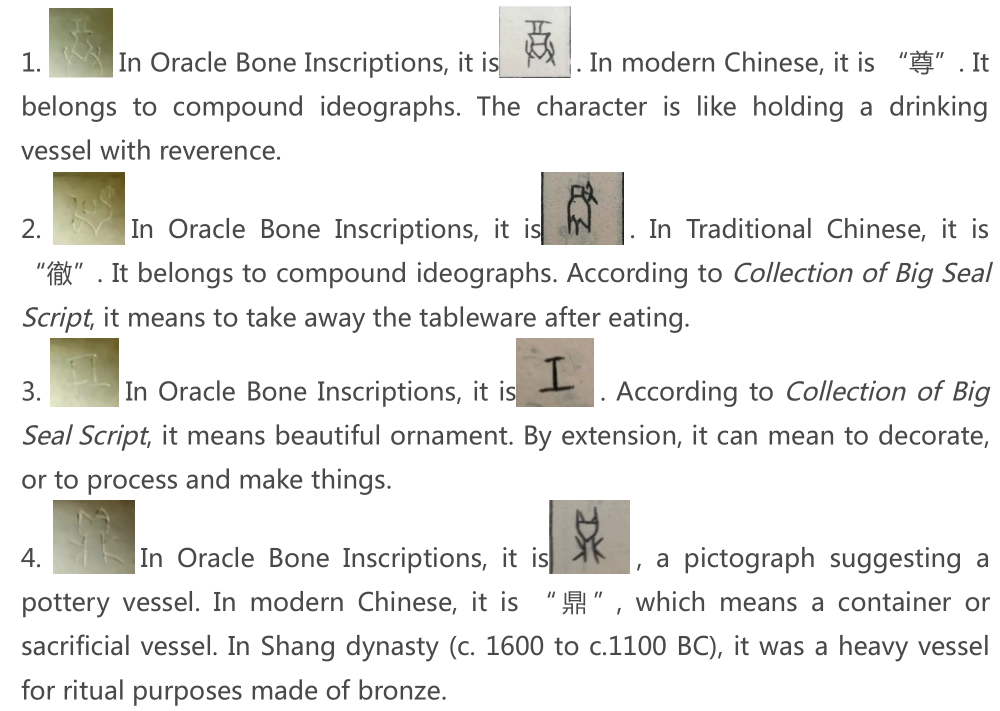
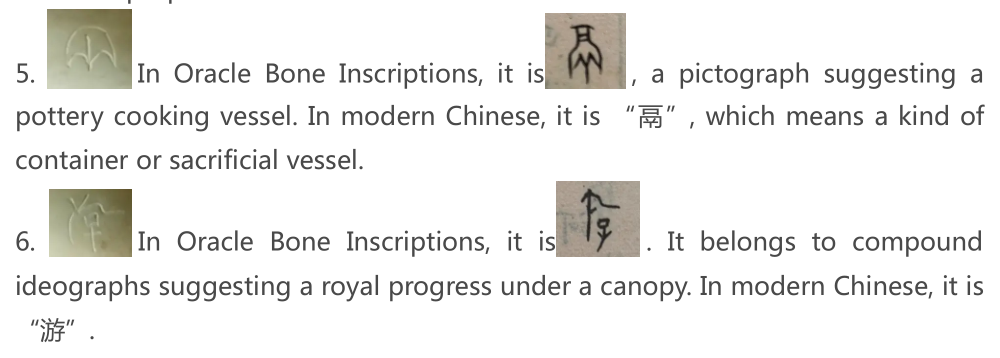
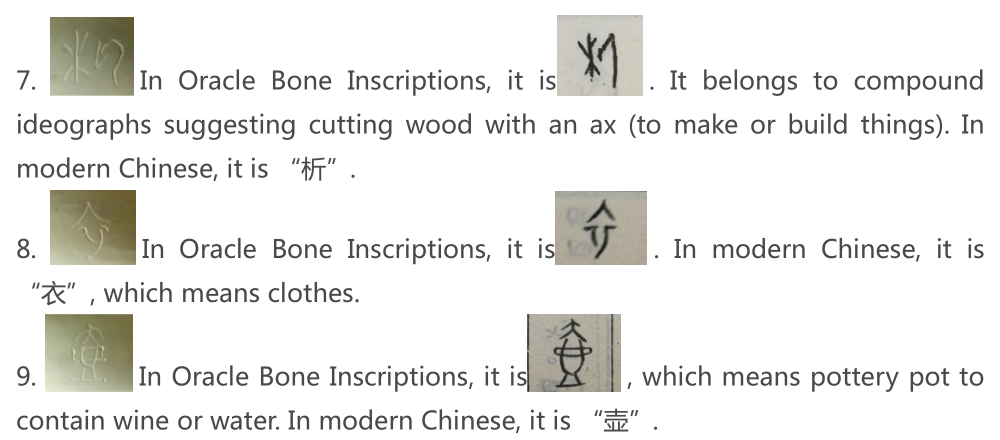
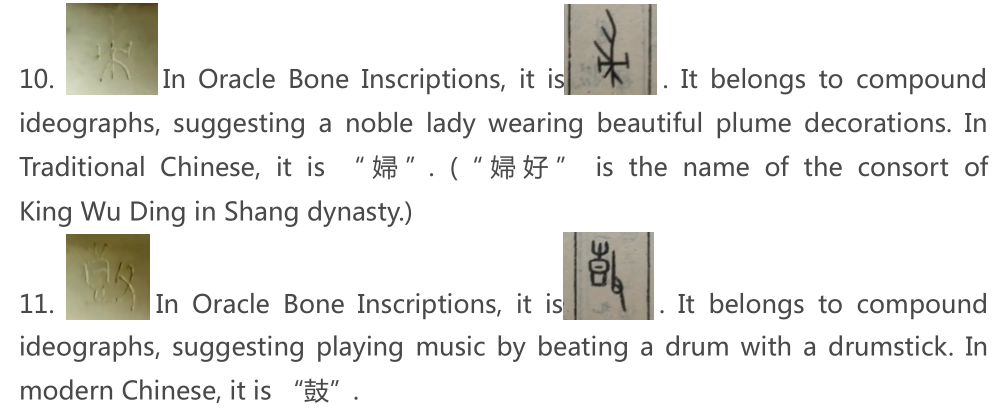
Wearing jade bracelets symbolizes the wealth and class of Liangzhu aristocracy. In ancient Chinese where monosyllabic words abound, one character stands for one word and its syntax and morphology have much difference with modern ones. The eleven characters on the bracelet can be explained to convey the following meaning: in a comfortable building made of wood, after enjoying delicacies contained in various vessels, well-dressed beautiful women are watching a drum-beating entertaining parade. What it depicts is entirely consistent with archaeological discoveries.
Archaeological discoveries also show that in late years of the culture, Liangzhu ancestors had to migrate to other places due to natural disasters like flood. Some went up the Yangtze River and migrated to Shaanxi Plateau and Sichuan Basin, exerting great influenceon the local culture, particularly on Three-Star Piles. Some headed northward and joined the Hua Xia tribes in the Central Plains, where Liangzhu characters were developed into Oracle Bone Inscriptions in Shang dynasty, making it the direct origin of Oracle Bone Inscriptions.
Recognizing and explaining Liangzhu characters has been a virgin land. We hope this article would blaze a trail and induce more discoveries and research fruits in this field.
Notes:
1. All the Oracle Bone Inscriptions mentioned in the article come from Collection of Oracle Bone Inscriptions, edited by the Institute of Archaeology CASS, second printing by Zhonghua Book Company in 1982.
2. The character “沱” in ancient stamp comes from Collection of Big Seal Script, edited by WenjingXu, published by Wuhan Ancient Book Store, printed in October, 1986.
Introduction of the authors:
ShumaoHan, member of China Calligraphers Association, deputy director of academic board of Anhui Calligraphers Association, assistant professor of Chinese in Huainan Municipal Party School, has published more than 40 papers in over 10 Chinese and foreign professional journals such as Chinese Calligraphy and The World of Chinese Painting & Calligraphy. His essay, On the Cursive Script of Shenpeng, has won him the second prize in the Sixth Literary Review Award of China Federation of Literary and Art Circles.
JiaqiDuan, senior artwork appraiser.
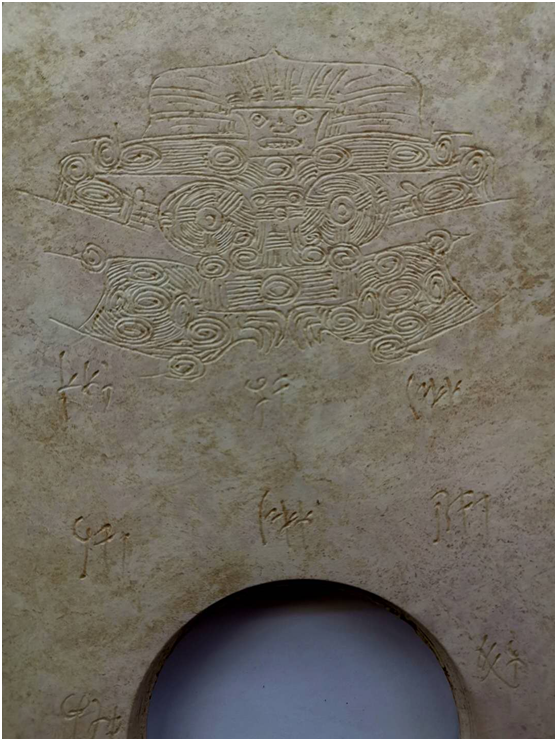
(Picture 1)
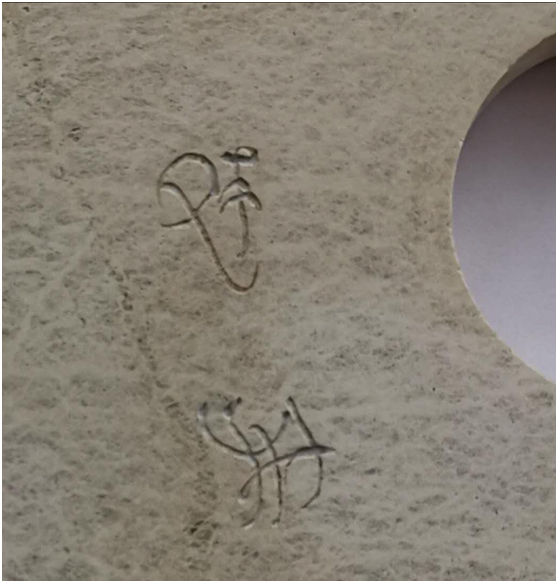
(Picture 2)
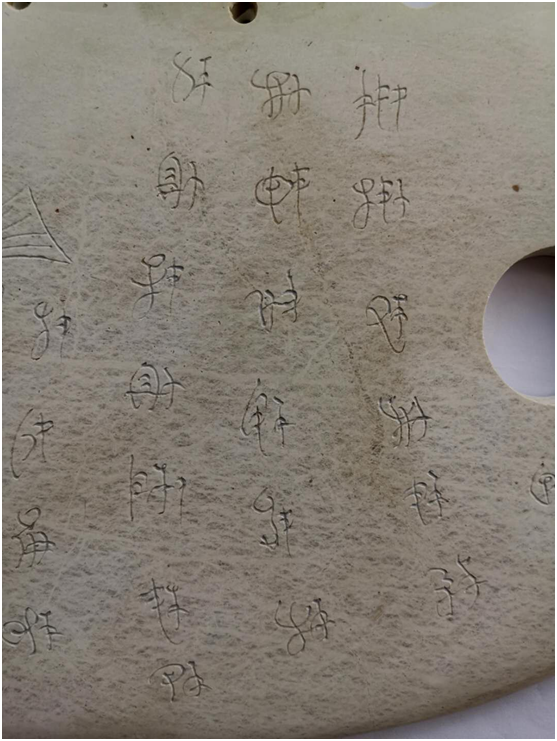
(Picture 3)
編輯:楊俊康
統籌:莊洪海
校對:劉全海
審核:蔚力